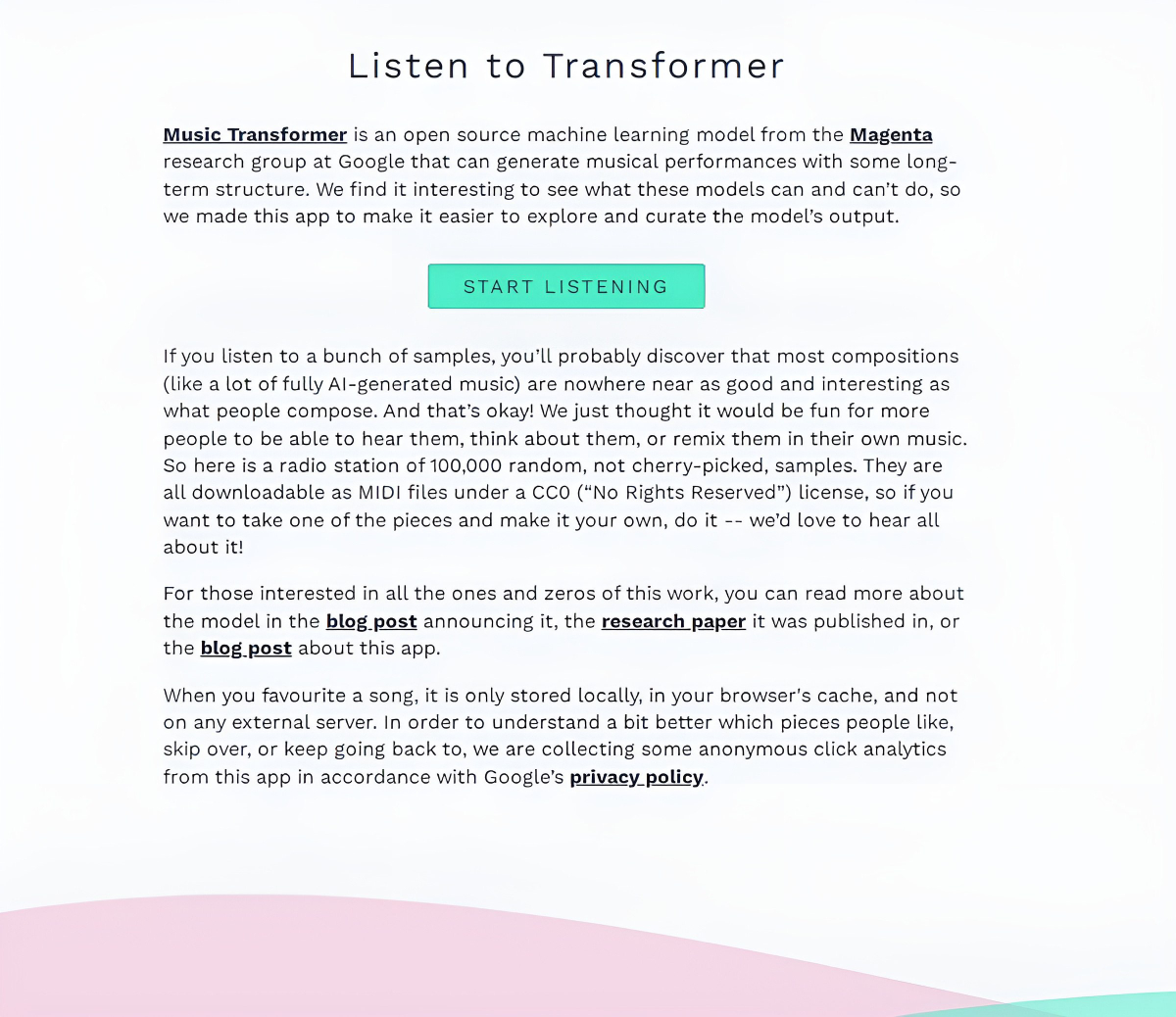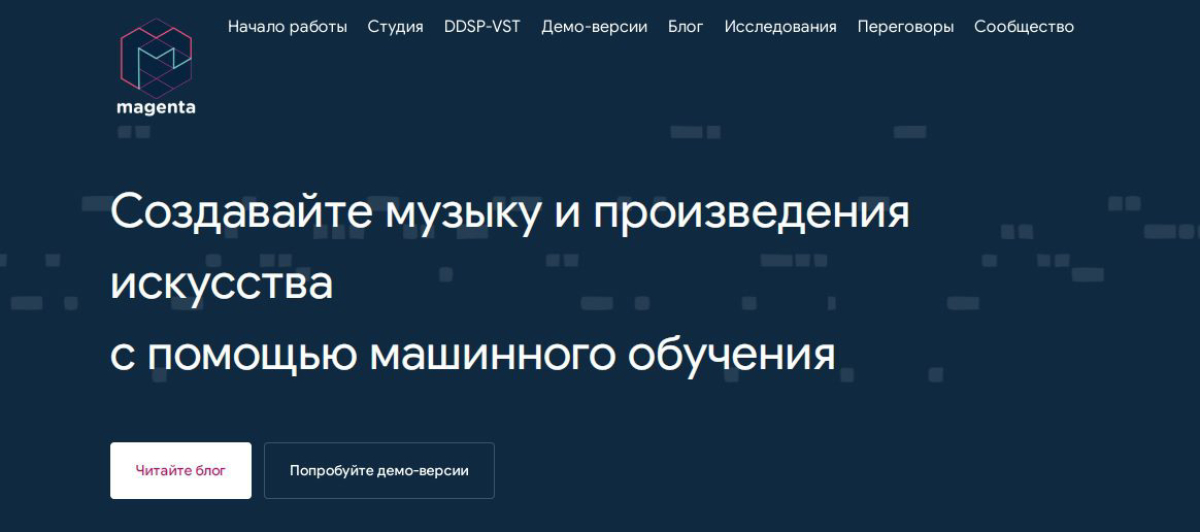How the Listen To Transformer neural network learnt to create classical melodies on the piano
Содержание
Recently, we have been increasingly producing a variety of interesting work-related content neural networks. It is not surprising: over the last 2-3 years, artificial intelligence development projects have reached a whole new level of development, making the whole world breathlessly follow the results of IT-labs engaged in the development of fragments artificial intelligence.

For example, we've been talking about how a neural network implemented the main character Danila Bagrov from Alexei Balabanov's film "Brother" in the cult film "Home Alone". In the short video, Bodrov Jr. in his crowning knitted jumper has fun with Kevin (Macaulay Culkin) on Christmas Eve. It turned out to be quite funny.
And here's the neural network inserted the face of a TV presenter Leonid Yakubovich into the body of a Chinese dancing teenager, picking up silly music. It may all look like childish entertainment, but the fact remains: the video was produced by a robotwithout human involvement. And that's interesting.
In today's article, we will tell you how artificial intelligence got to music. And this time, the neural network chose not some pop or rap music as its target, but took the holy thing - classical music! We will leave a link to it at the end of the article!
What is Listen to Transformer?
It should be noted that the developers at Magneta, an open source research project exploring the role of machine learning as a tool in the creative process, have done their best. They have given the world radio neural networkendlessly generating melodies on a piano. Yes, you got it right - the artificial intelligence itself creates music, and does it countless times, and doesn't ask for a cent for it!

We called Listen to Transformer a radio-neural network for a reason: the project's interface is indeed very reminiscent of a radio. When you open the page "Listen to the Transformer." on the site, we can see the play bar, the buttons for switching songs, the pause button, the generated cover artwork (the neural network also generates simple pictures of geometric multicoloured shapes based on the notes by itself), the numeric designation - the name of the track currently playing, as well as the buttons with the option to play the track. save a favourite tune to your favourites and check out your favourite tracks.
What else is unique about it?
This neural network has several interesting features. Firstly, it creates melodies instantly: this is easy to check by simply switching the track in the player to the next track. It will play almost immediately, which tells us that this robot "thinks" very quickly. Secondly, the number of generated melodies unlimited - You can create as many of them as you like, and each one will be completely unique! Thirdly, the covers mentioned above are formed not in a chaotic order, but based on the length of the notes. Here's how the developers themselves explain this pattern:
The artwork for each song is generated algorithmically based on the notes in the song itself - while the notes are represented by random shapes, the degree of transparency is determined by the speed of playback, and the size of the shapes depends on the duration of each note used in the melody.
In addition, the developers of this neural network justify themselves: it is possible that the melodies you hear are not as good as what humans create, but it is interesting that the fact that the it generates artificial intelligence. And interested musicians can take any samples (musical segments) they like for free and insert them into their works, modify them and do whatever they want with them. After all, the rights to cyborg-created music are not protected - the writers of "Transformer" mention it.

The Fuzz Music team has listened to about 30 melodies created by this neural network and can confirm that at best half of them have more or less acceptable melody. Unfortunately, otherwise this music is of little interest, except for programmers and developers in the field of artificial intelligence.
By the way, the developers at Magneta have their own own blogwhere they share the results of their research on machine learning tools. It's entirely in English, but if anyone is interested, here it is. Let's follow the developments and find out how modern neuro-technologies will affect music and music industry! Maybe in the future such projects will be able to create harmonious melodies and make us happy!



